How to play the recently popular gaming chain game "Wolf Game"?
P2E chain game track appeared again phenomenal NFT hotspot.
secondary title
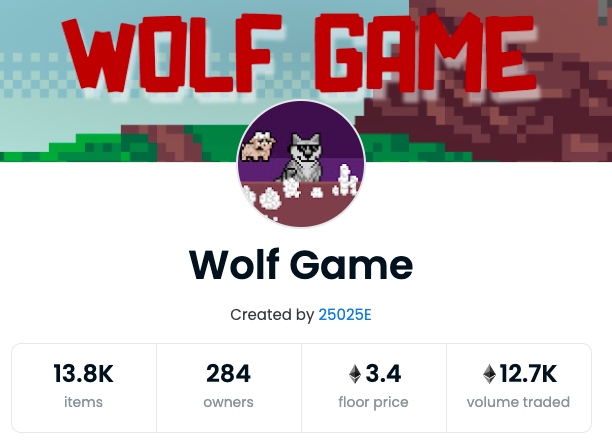
game story
On a quaint farm in the world of the Metaverse, a herd of sheep gathers to produce healthy WOOL. They are huddled together in a barn and regularly pruned by the owner to gain WOOL. With more WOOL, farmers can buy more sheep. But outside the farm, danger lurks, as wolves feared by the sheep will attack at any moment to take the sheep and wool.
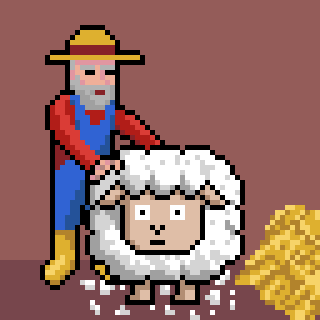
secondary title
Game mechanism: breeding + pledge + land
The above plot introduction reveals the NFT risk protocol of Wolf Game’s novel token economics, that is, players who own certain types of NFT can steal other NFTs; the rarer the NFT, the more tokens the player accumulates.
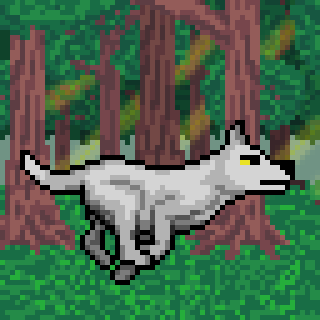
It is understood that Wolf Game initially released a total of 10,000 NFTs, and finally hatched 8,903 sheep and 1,097 wolves, that is, there is a nearly 90% chance of obtaining sheep NFTs, and a nearly 10% chance of obtaining wolf NFTs.
breeding
Sheep NFT can be used to breed wool, which is the game income (hereinafter referred to as WOOL). A sheep can produce 10,000 WOOLs a day, and WOOLs can be sold directly to earn income or buy more sheep to breed the next generation.
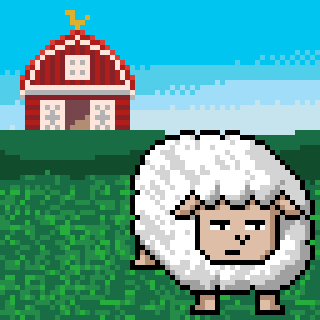
pledge
pledge
Both sheep NFT and wolf NFT can be pledged. The pledge can be released after 20,000 WOOLs have been accumulated in the process of staking sheep. At the moment of the release of the pledge, there will be two results: one is that all 20,000 WOOLs will be collected by the farmers themselves, and the other is that 20,000 WOOLs will be collected by the wolves. All looted. Compared with the 80% stable income of breeding, the income of pledge becomes unstable (or 100% or 0). How to choose depends on the player himself.
It is not in line with biology but interestingly, WOOL can also mint new NFTs, and the new NFTs still have a 90% chance of being a sheep and a 10% chance of being a wolf. However, the newly born sheep NFT or wolf NFT in the barn will have a 10% chance of being snatched by the pledged wolf.
Casting cost example:
1 -10000 NFT, casting cost 0.069420 ETH;
10001-20000 NFT, casting cost 20000WOOL;
20001- 40000 NFT, casting cost 40000WOOL;
40001- 50000 NFT, casting cost 80000WOOL...
land
land
In addition to the above gameplay, Wolf Game also introduces land to improve the game mechanism. A few days ago, Wolf Game announced that it will sell 20,000 pieces of land, of which 10,000 pieces will be given to players who hold 10,000 initial NFTs (the bonus for entering the game in the early stage), and the other 10,000 pieces will be sold to the public. At the same time, the game launched the "farmer" character, which requires players to consume WOOL to purchase.
secondary title
WOOL Token
secondary title
income calculation
According to the current WOOL token price of 1 yuan/piece, it takes 20,000 yuan to mint a new NFT (currently in the second stage of the game). 90% of the new NFTs are sheep NFTs, and 10% are wolf NFTs.
Breeding income
If you get a sheep NFT, you can produce 10,000 WOOLs a day, earning 10,000 yuan, and pay back in two days (not including the proceeds from selling sheep NFTs); Earnings from NFT).
Pledge income
If it is a sheep NFT, the pledge earns 20,000 WOOL for two days, and the income may be 20,000 yuan or 0; if it is a wolf NFT, the income may be 4,000 yuan or 24,000 yuan.
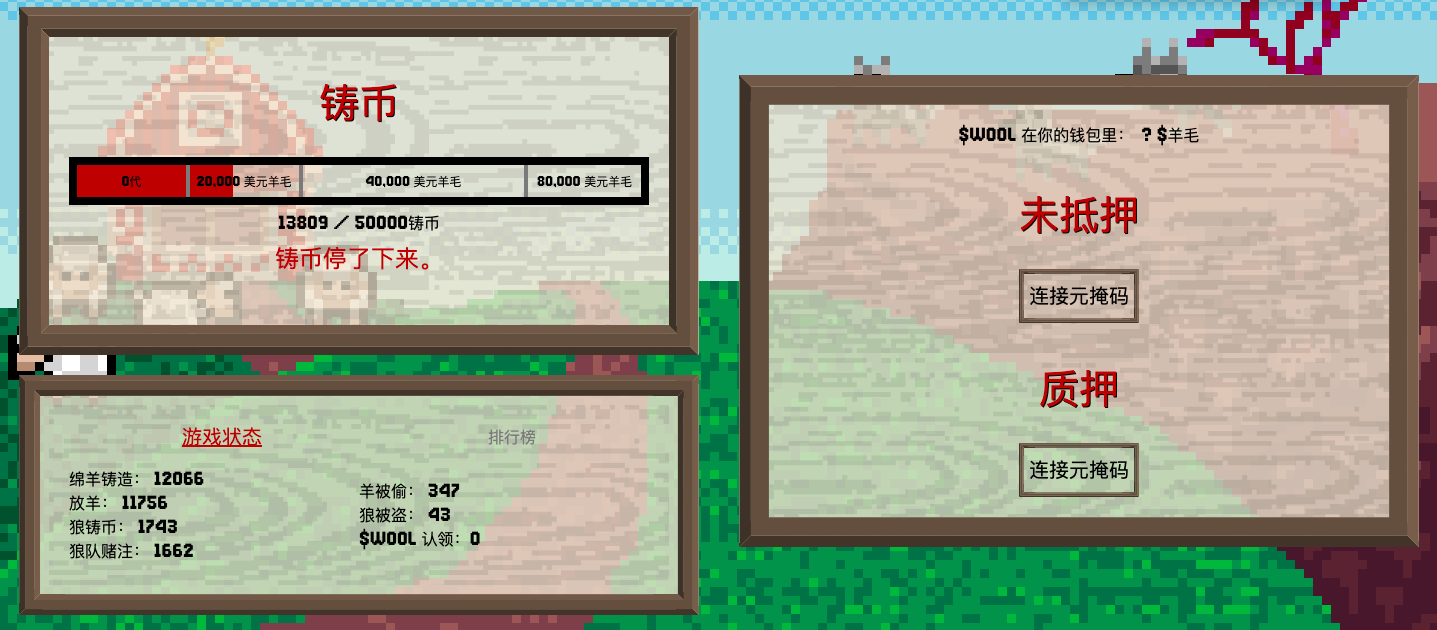 We predict that when the Wolf Game casting starts again, sheep NFT will increase rapidly, and it is expected that the peak of the third stage will also usher in selling pressure. At the same time, the scarcity of wolves is reflected. As mentioned above, the rarer the NFT, the greater the probability that players will earn tokens.
We predict that when the Wolf Game casting starts again, sheep NFT will increase rapidly, and it is expected that the peak of the third stage will also usher in selling pressure. At the same time, the scarcity of wolves is reflected. As mentioned above, the rarer the NFT, the greater the probability that players will earn tokens.
Summarize
Summarize
Based on the above, the innovative mechanism and income model of Wolf Game are clear, that is, the introduction of risk agreements to increase uncertain factors, the introduction of games to increase the interest of players to participate in the fluctuation of income. Based on this innovation, there may be many imitations of this model in the future.
But at the same time, there are loopholes in the game’s rapid launch that need to be taken into account by players and investors. A few days ago, there was a bug in the Wolf Game contract, which led to someone cracking the random number contract, cheating crazily, and 100% casting wolves, which has a high probability of capturing players’ profits. Solved, but it does not rule out that there are other imperfect mechanisms in the game, such as the user bottleneck period, how to solve the problem of poor NFT liquidity, the official has not yet given an answer.
Of course, there is no doubt that the early players and investors have enjoyed the dividends (lower casting costs, NFT airdrops and land rewards). Whether new players can continue to obtain high returns or stand guard at high altitude is a question mark here. After yesterday’s rise to today’s fall, the entry speed of new players may also be appropriately slowed down. After all, chain game players have limited time and energy. Most popular products quickly lose their attention after a short period of competition for “game time”.
People who are entangled in whether to enter Wolf Game or even more chain games should first think rationally about the following questions: How long is the opportunity window and growth period for a chain game with innovative mechanisms? How might the team enhance the WOOL token scene in the next phase after introducing land? In view of the fact that the gameplay is difficult to form a barrier, should we start to pay attention to the growth of similar imitations?



